“Bár az U.S.. Egyre nagyobb a beszélgetések személyre szabott tanulási, digitális tanulási, mélyebb tanulás és egyaránt, Az uralkodó tartalomszolgáltató mechanizmus a legtöbb iskolában továbbra is a hagyományos, 20század megközelítés a tanulás. A bemutató hálózatok ad nekünk arra, hogy elindítsa a beszélgetést, milyen stratégiákat vegyenek részt a diákok a tanulási folyamat.” – Helen Janc Malone
Mi történik, ha a gyermeket vissza középpontjában a tanulási?
This simple philosophy was used to launch an experiment with the goal of improving eight poor rural Mexican public schools. Óta 2009, the tutorial networks (as the grassroots initiative was called) have been leading a country-wide school improvement effort in 9000 schools with the lowest academic achievement on the national standard test. Ma részében 4 Az “Az oktatás a jobb,” we will explore what education reformers can learn from this unique and innovative strategy which has attained such positive results that it is now being supported by educators and policymakers in Mexico’s highly centralized system of public school education.
It is my pleasure to welcome to The Global Search For Education, Gabriel House, the founder of Mexico City-based Convivencia Educativa (Educational Coexistence) A.C. and Redes de Tutoría S.C. (Mentoring Networks). I also asked Helen Janc Malone, author of Leading Educational Change: Global Issues, Kihívások, és tanulságok Egész rendszer reformja, which features Gabriel’s work, mérlegelni a. Helen az igazgató intézményi Haladás, az Institute for Educational Leadership in Washington, DC.
Advertisement
“Tutori, amit az ember tanul, és azt mutatja, hogy már elsajátították, válik az alkalomból, hogy megtanulják a mélységet, és hozzon létre egy kedélyes közösség a csoportban.” – Gabriel House
Gabriel, Kérem, foglalja össze a célokat a bemutató hálózatok.
Bemutató hálózatok az állami iskolákban olyan eszközök, hogy kizárt, nagy torzulást kivetett tanulók által az uralkodó kultúrát, amely meghatározza a témát, hogy a tanárok és a diákok meg kell tanulniuk, és az idők, amelyen belül kell elsajátítani. Ahelyett, hogy a szabad találkozás az érdekelt tanulók illetékes mentor, standard gyakorlat az osztálytermekben kényszeríteni személytelen recitations tartalom általában passzív közönséget. Az ismert hatása nem csak az érdeklődés hiánya az adott tárgyban bemutatásra, de az elszalasztott lehetőség gyakorolni a tanulás elméleti tantárgyak komolyan, elkötelezettséggel, látható eredmények és az elégedettség – alapjait, a tartós képes tanulni önállóan. Contrary to common practice, tutorial relationships in a classroom facilitate the matching of what is of interest to each student with what is available in the mentor’s repertoire. The immediate objection, from the conventional perspective, is that it would be well-nigh impossible for one teacher to match the interest of every student in a large group, even if the teacher is knowledgeable and willing to help. Tutorial networks deflect the objection, as all members in the group learn from one another. Tutori, amit az ember tanul, és azt mutatja, hogy már elsajátították, becomes the occasion to learn in depth and to create a convivial community in the group.
Tutorial networks were first started at the margins of a public school system, where chronic deficiencies in structure, transient teachers, and regional poverty were invitations to try radical innovations, without disturbing the rest of the schools. As regular classrooms turned into learning communities and students became capable of mentoring what they had mastered, opportunities to learn multiplied: students moved eagerly to neighboring schools to share what they knew with fellow students, and in turn, these students and their teachers created new learning communities. Then, authorities changed from allowing a radical experiment in almost lost cases to promoting tutorial networks to improve learning in low performing, though better served schools. This way the transformation began to be seen as a large scale educational change.
Two major factors account for the transformation that already has touched thousands of public schools in Mexico: the acceptance of authorities in charge of the system, persze, but most striking, the inner conversion of teachers and students from passive receptors of external directives to managers of their own learning and active agents of change in neighboring schools. The newly discovered power among ordinary teachers and students, not only to learn, but also to teach, has proved to be the major force to sustain and spread tutorial networks in the school system.
As the basic competency of taking control of one’s own learning becomes regular practice among a growing number of educational actors, the possibilities of a more professional service increase.
“Once the competency of controlling and sharing one’s own learning becomes the basic link in an extended network of advisors, tanárok, students and even their families, the groundwork of an autonomous profession is laid out.” – Gabriel House
What have been the benefits and what have been the challenges?
The major benefit has accrued to teachers and students who perceive, as never before, the satisfaction of achieving visible, valuable learning. The obvious reason is the perfect match of interest and capacity that obtains in tutorial dialogues when tutor and tutee face a common challenge. Basic to the success also is the equity of the exchange predicated on mutual trust, truth and commitment. Such an exchange invariably leads to completion, always satisfactory in a real sense, never deferred to some vague future, and always open to further intellectual achievements. The evidence of good learning and the fruition of excellence come when the tutee becomes a tutor to fellow students, to family members and at times even to neighboring teachers and administrators. Exchanges among students of different schools in order to give and receive tutoring become natural, even necessary to demonstrate competency, increase common knowledge and extend the practice.
Once the competency of controlling and sharing one’s own learning becomes the basic link in an extended network of advisors, tanárok, students and even their families, the groundwork of an autonomous profession is laid out. Training, tanítás, evaluating, managing school chores and administering resources are easily integrated and make possible the rendering of the quality service expected from a public school system.
The new relationships that started at the learning core create stronger social relationships within the school system, and in a very real sense democratize the institution, since the newly discovered power of every learner commands the process.
The challenge to the continuing expansion of tutorial networks, mint mindig, is the ingrained habit of following tried patterns even if they do not deliver the promised results. It is the satisfactory experience of good results in face to face encounters that causes the inner conversion to learn in depth and enjoy sharing it.
“The fact that these networks have spread from dozens to thousands of schools in a manner of a few years and have been accepted by the educational establishment as a credible improvement approach, beszél, hogy a hatalom és bizonyíték ezeket a bemutató struktúrák bebizonyították, hogy a közösségek és a nagyközönség. -Helen Janc Malone
Helen, what can we learn from this approach to school reform?
Tutorial networks in Mexico turn school reform on its head. As opposed to hoping educational change trickles down from national or regional policies and external pre-packaged reforms, tutorial networks create change from the grassroots level. The fact that these networks have spread from dozens to thousands of schools in a manner of a few years and have been accepted by the educational establishment as a credible improvement approach, beszél, hogy a hatalom és bizonyíték ezeket a bemutató struktúrák bebizonyították, hogy a közösségek és a nagyközönség.
Mi az egyedi és innovatív a bemutató hálózatok az, hogy tegye a tanuló és a tanulási folyamat középpontjában az oktatási törekvés, és figyelembe véve a bemutató kapcsolatok, mint a vezető a demokratikus, méltányos oktatási környezet, hiányzik a hagyományos, évfolyam szintű, szabvány, merev struktúrák, amelyek gyakran lekapcsolódik a diákok. Taking agency for instructional delivery and ownership of learning is empowering and motivating for both the tutors and the tutees. There is a great sense of pride that comes from receiving personalized learning, mastering content and sharing that knowledge with peers. An added advantage of such a strategy has been the excitement that spreads beyond the school walls and spills out into the community, where families again begin to see schools as centers for learning and development. This is particularly evident where tutorial networks have been able to positively transform rural, high-poverty, low-performing schools.
Bár az U.S.. Egyre nagyobb a beszélgetések személyre szabott tanulási, digitális tanulási, mélyebb tanulás és egyaránt, Az uralkodó tartalomszolgáltató mechanizmus a legtöbb iskolában továbbra is a hagyományos, 20század megközelítés a tanulás. The tutorial networks give us an opportunity to start the conversation about what strategies engage students in the process of learning.
Helen Janc Malone, C.M. Rubin, Gabriel House
All Photos are courtesy of Jessica Trujano.
For more information see Leading Educational Change: Global Issues, Kihívások, és tanulságok Egész rendszer reformja (Tanítóképző Főiskola Press, 2013): http://store.tcpress.com/0807754730.shtml

A globális keresési Oktatási, velem és világszerte elismert szellemi vezetők többek között Sir Michael Barber (UK), DR. Michael blokk (Az US), DR. Leon Botstein (Az US), Professzor Clay Christensen (Az US), DR. Linda Darling-Hammond (Az US), DR. Madhav Chavan (India), Professzor Michael Fullan (Kanada), Professzor Howard Gardner (Az US), Professzor Andy Hargreaves (Az US), Professzor Yvonne Hellman (Hollandiában), Professzor Kristin Helstad (Norvégia), Jean Hendrickson (Az US), Professzor Rose Hipkins (Új-Zéland), Professzor Cornelia Hoogland (Kanada), Tisztelt Jeff Johnson (Kanada), Mrs. Chantal Kaufmann (Belgium), DR. Eija Kauppinen (Finnország), Államtitkár Tapio Kosunen (Finnország), Professzor Dominique Lafontaine (Belgium), Professor Hugh Lauder (UK), Professor Ben Levin (Kanada), Lord Ken Macdonald (UK), Professzor Barry McGaw (Ausztrália), Shiv Nadar (India), Professzor R. Natarajan (India), DR. PAK NG (Szingapúr), DR. Denise Pope (US), Sridhar Rajagopalan (India), DR. Diane Ravitch (Az US), Richard Wilson Riley (Az US), Sir Ken Robinson (UK), Professzor Pasi Sahlberg (Finnország), Professzor Manabu Sato (Japán), Andreas Schleicher (PISA, OECD), DR. Anthony Seldon (UK), DR. David Shaffer (Az US), DR. Kirsten Magával ragadó Are (Norvégia), Chancellor Stephen Spahn (Az US), Yves Theze (Lycee Francais-beli), Professor Charles Ungerleider (Kanada), Professzor Tony Wagner (Az US), Sir David Watson (UK), Professzor Dylan Wiliam (UK), DR. Mark Wormald (UK), Professzor Theo Wubbels (Hollandiában), Professzor Michael Young (UK), és professzor Minxuan Zhang (Kína) mivel azok feltárása a nagy kép oktatási kérdés, hogy minden nemzet ma szembesül.
A Global Search Oktatási közösségi oldal
C. M. Rubin a szerző két legolvasottabb internetes sorozat, amely megkapta a 2011 Upton Sinclair díjat, “A Global Search for Education” és “Hogyan fogjuk olvasása?” Ő a szerzője a három bestseller könyv, Beleértve The Real Alice Csodaországban.
Kövesse C. M. Rubin on Twitter: www.twitter.com/@cmrubinworld

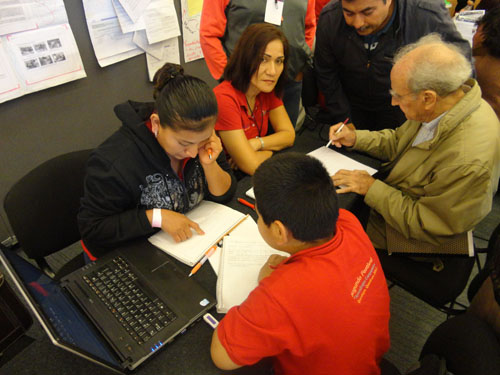
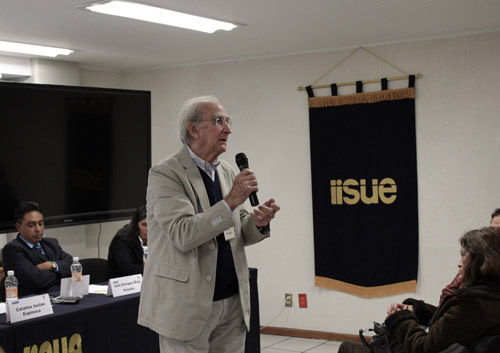
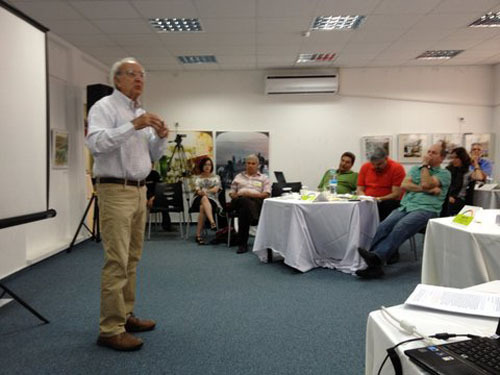
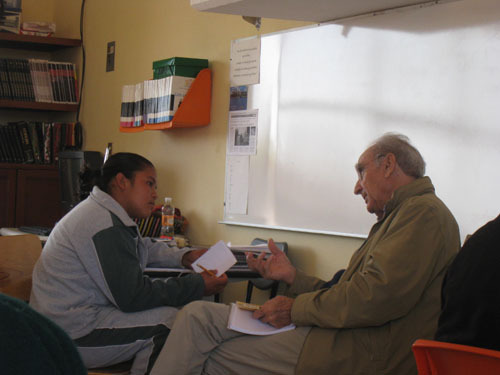

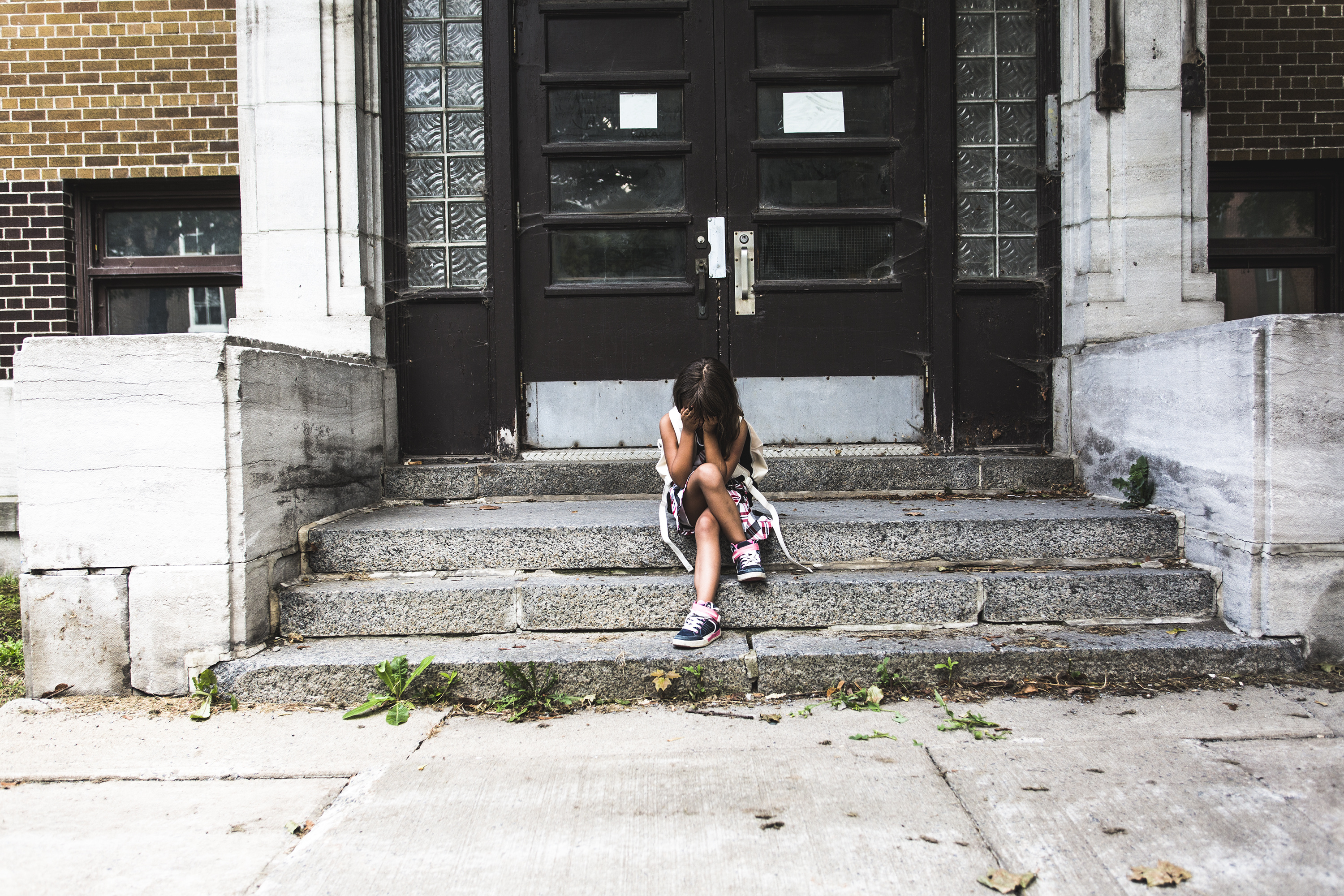

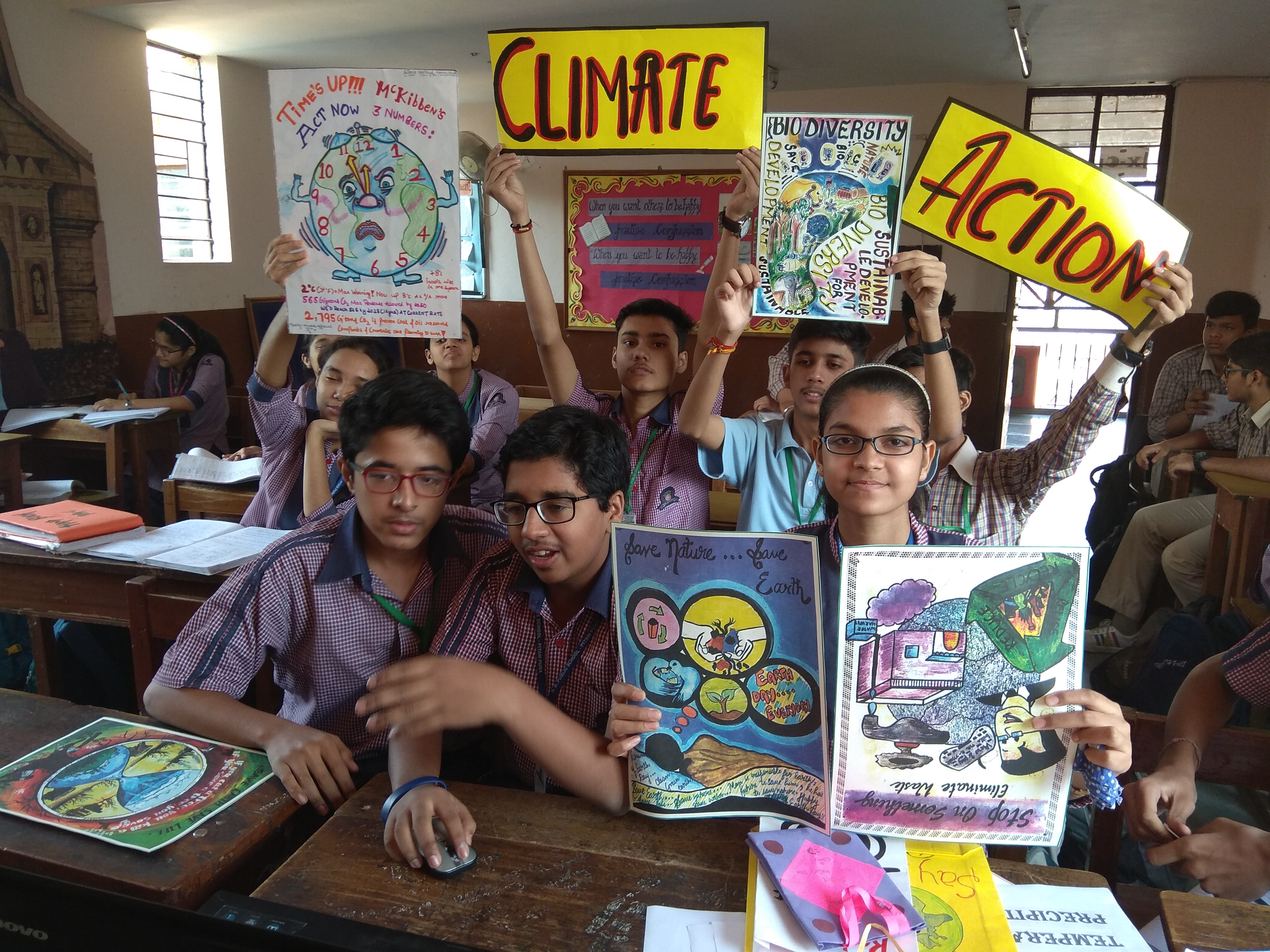
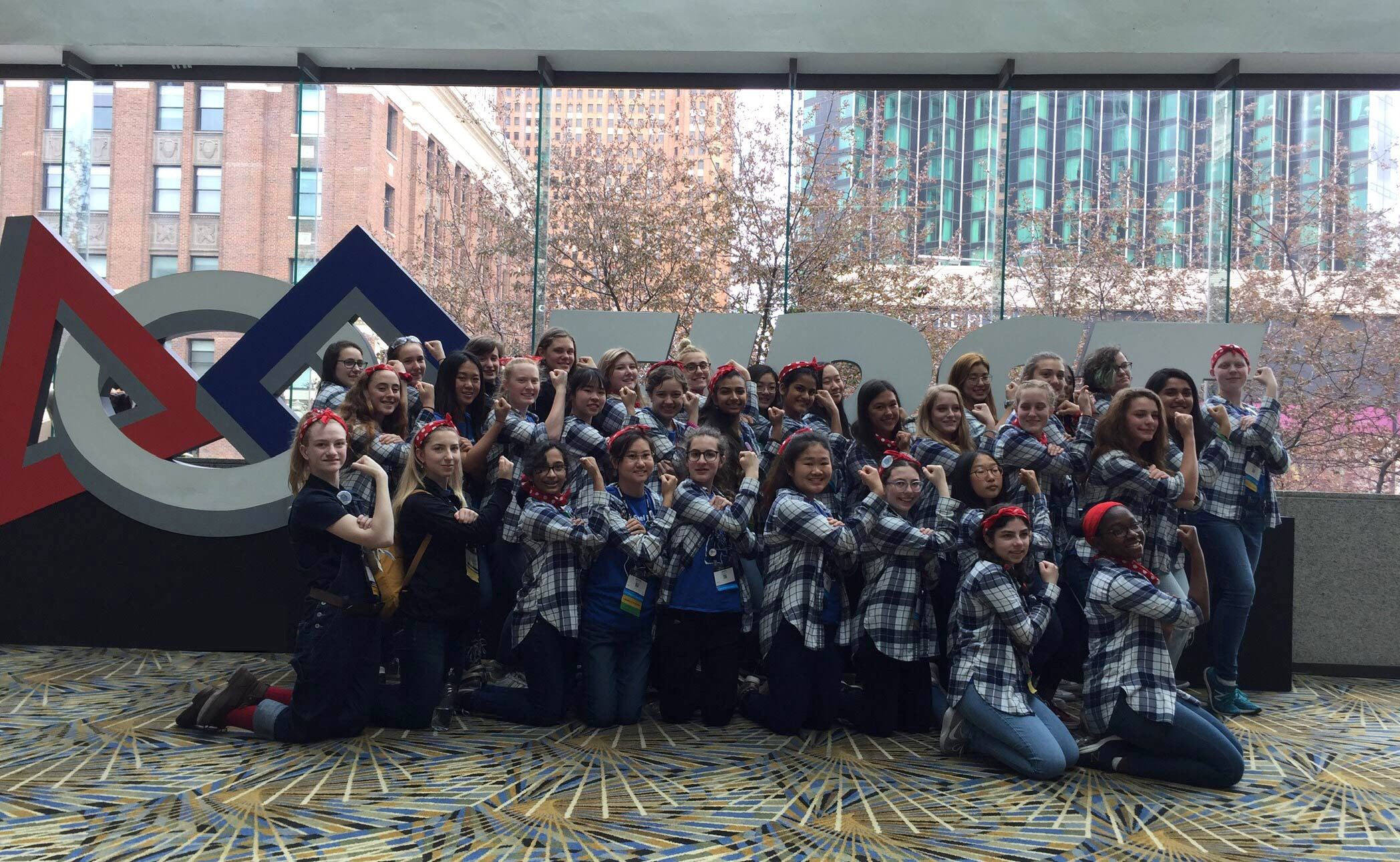
Legutóbbi hozzászólások